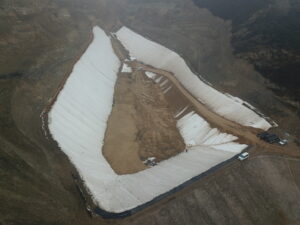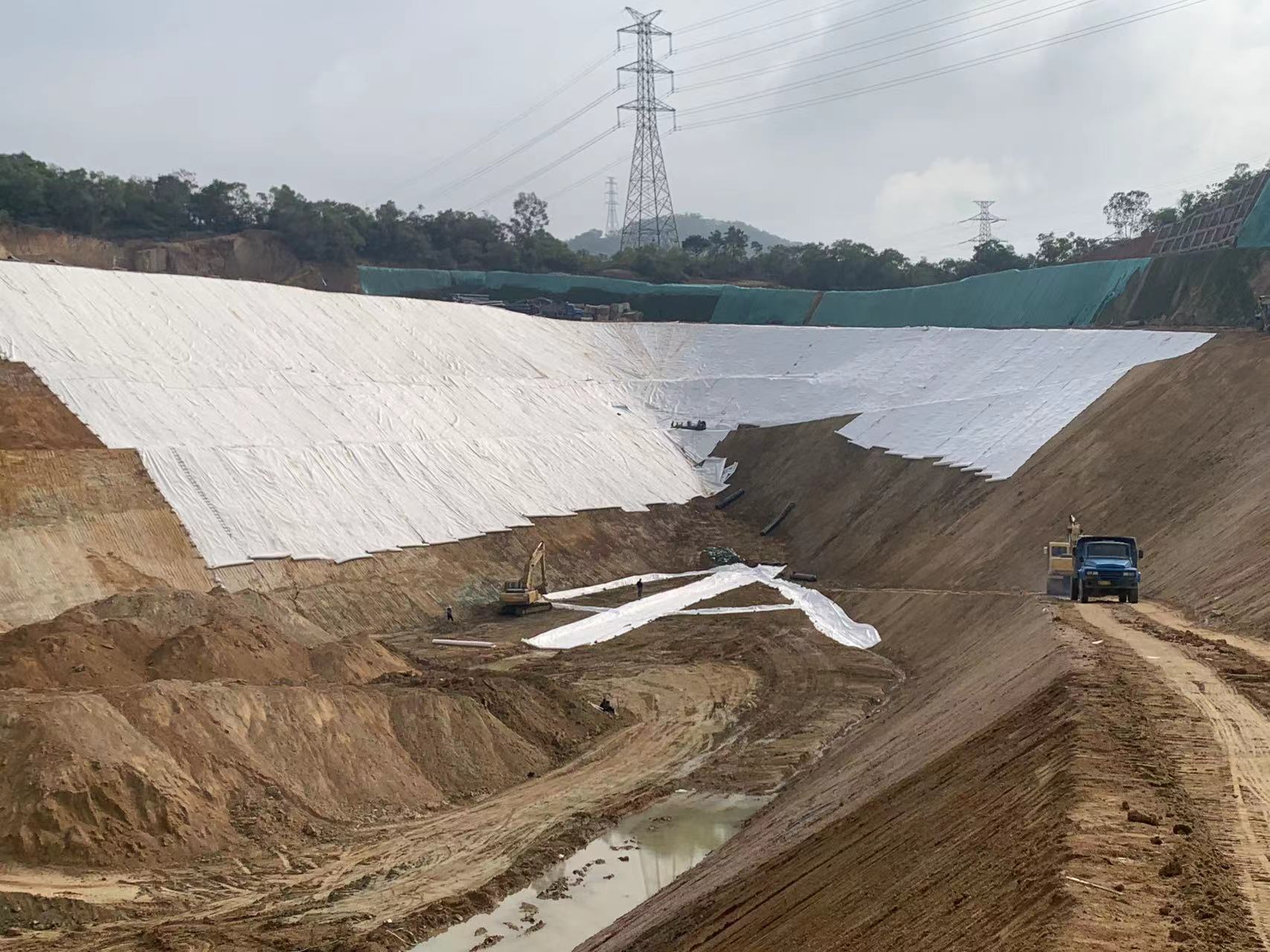Filaments and short filaments of geotextiles refer to the length of fiber filaments used in geotextiles. They differ in the performance and application of geotextiles.
The difference between filament and short filament of geotextile
Filament geotextiles: Filament geotextiles refer to geotextiles with long filaments. Usually, the filament length of filament geotextiles is between tens of millimeters and several centimeters. Filament geotextiles have the following characteristics:
Higher strength: Due to the longer fiber filaments, filament geotextiles generally have higher tensile strength and shear strength, providing better mechanical properties and stability.
Larger mesh: Due to the longer fiber filaments, the mesh of the filament geotextile is relatively larger, so that water and gas can pass through smoothly, which is conducive to drainage and ventilation.
Convenient construction and application: Filament geotextiles are easy to cut and install, and are also suitable for complex terrain and construction environments.

Short-filament geotextiles: Short-filament geotextiles refer to geotextiles with shorter fibers. Usually, the fiber length of short-filament geotextiles is between a few millimeters and a few centimeters. Short fiber geotextile has the following characteristics:
Good flexibility: Due to the shorter fiber filaments, the short-filament geotextile has better flexibility and flexibility, and has strong adaptability.
Good anti-seepage performance: short-filament geotextiles have high anti-seepage performance, which can effectively prevent the infiltration and leakage of fine particles, soil and water.
Wide range of applications: short-filament geotextiles are often used in soil reinforcement, waterproof and anti-seepage, and land reclamation, and are suitable for various soil types and construction conditions.
It should be noted that the selection of filament geotextiles and short-filament geotextiles should be determined according to specific engineering requirements, soil characteristics and application scenarios. In practical applications, the type of geotextile with appropriate fiber length should be selected based on engineering design and environmental conditions to obtain the required performance and effect. In addition, relevant technical specifications and recommendations should be followed, and professionals should be cooperated to ensure the correct selection and application of geotextiles.
The difference between knitted geotextiles and woven geotextiles
Knitted geotextiles and woven geotextiles are two common geotextile types, and they have some differences in manufacturing process, structure and characteristics.
Manufacturing process and structure:
Knitted Geotextiles: Knitted geotextiles are manufactured through a process similar to weaving. It uses a knitting machine to weave fiber threads in the horizontal and vertical directions to form a continuous fiber mesh structure. The fiber threads of the knitted geotextile can be single or multiple, and are usually stitched at the intersection point, so that the geotextile has good flexibility and deformation performance.
Woven Geotextiles: Woven geotextiles are manufactured through a mechanical weaving process. It uses a loom to interweave the fiber threads in the horizontal and vertical directions to form a network structure. The fiber threads of the woven geotextile are interlocked or twisted, which makes the geotextile have high strength and stability. The fiber lines of woven geotextiles can be single or multiple, with different weaving methods and densities to meet different engineering needs.
Features and Applications:
Knitted geotextile: Due to its softness and good deformation properties, knitted geotextile is suitable for complex terrain and demanding applications. It can adapt to the contour changes of the surface and maintain good stability in the deformation of the soil. Common applications include soil stabilization, slope protection, protective layer overlays, and more.
Woven Geotextiles: Due to their high strength and stability, woven geotextiles are suitable for applications requiring high tensile and shear strength. It can provide greater anti-seepage and anti-scour performance, and is often used in anti-seepage dams, revetments, groundwater isolation and other projects.
It should be noted that the selection of knitted geotextiles and woven geotextiles should be determined according to specific engineering needs, design requirements and soil characteristics. In practical applications, it is recommended to consult professional engineers or technicians, select the appropriate type of geotextile according to the specific situation, and follow the relevant technical specifications and suggestions to ensure that the geotextile can perform the expected function and performance in the project.
Author
-

Founded in 2002, Tinhy's team focuses on the manufacturing, marketing, installation, application and research and development of geosynthetic materials.
View all posts




